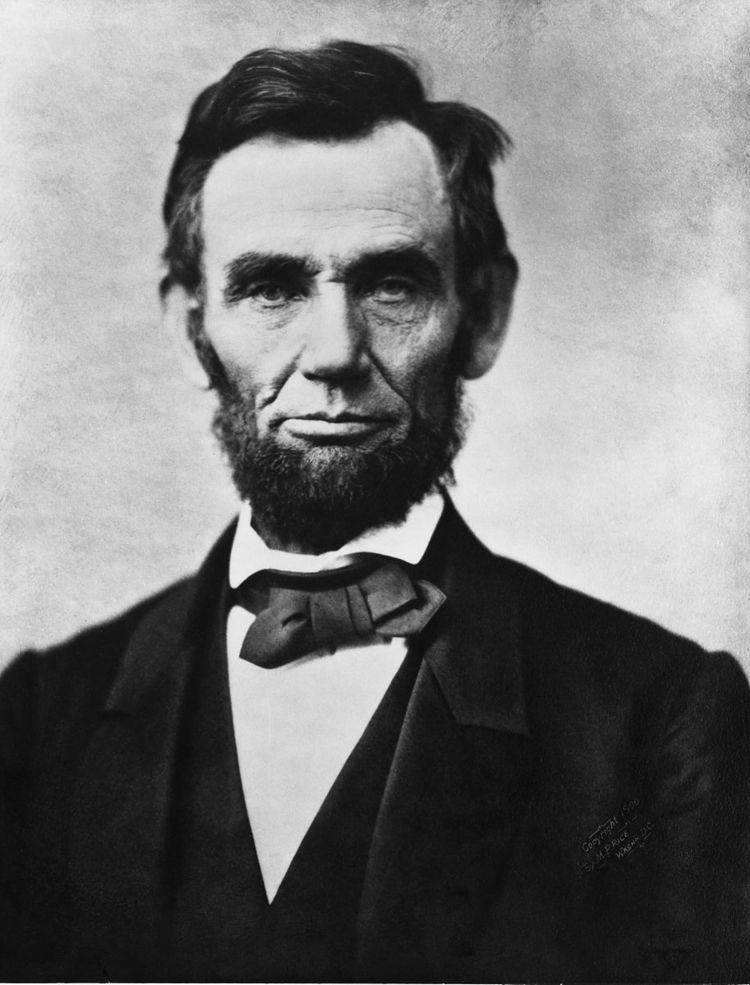 | ||
Facial hair is a secondary sex characteristic of human males, referring to the growth of hair on or around the chin, jowls, and philtrum. Men typically start developing facial hair in the later years of puberty or adolescence, between seventeen and twenty years of age, and most do not finish developing a full adult beard until their early twenties or later. This varies, as boys may first develop facial hair between fourteen and sixteen years of age, and boys as young as eleven have been known to develop facial hair. Women are also capable of developing facial hair, especially after menopause, though typically significantly less than men. Men may style their facial hair into beards, moustaches, goatees or sideburns; others completely shave their facial hair. The term whiskers, when used to refer to human facial hair, indicates the hair on the chin and cheeks.
Contents
In male adolescence
The moustache forms its own stage in the development of facial hair in adolescent males. Facial hair in males does not always appear in a specific order during puberty and varies among some individuals but may follow this process:
Military
Depending on the periods and countries, facial hair was prohibited in the army or, on the contrary, an integral part of the uniform.
In religions
Many religious male figures are recorded to have had facial hair; for example, all the prophets mentioned in the Abrahamic religions (Judaism, Christianity and Islam) were known to grow their beards. Other religions, such as Sikhism, encourage growing beards. Amish men grow beards after marriage, but continue to shave their moustaches in order to avoid historical associations with military facial hair due to their pacifistic beliefs. There are various hadiths that describe the necessary beard as its entirety, such as Sunan Abu Dawood 33;4183, which says, "The Prophet saw a boy with part of his head shaved and part left unshaven. He forbade them to do that, saying: Shave it all or leave it all." Therefore, most non-taqlid Muslims such as the ghair muqallids, Salafis and Ahle Hadith view its growing as wajib and fardh. The reasoning for the command was reportedly to differ the Muslims from non-Muslims deriving from Sahih Bukhari, "Do otherwise than those who ascribe partners to Allah (the mushriks)."
On women
Women typically have little hair on their faces, apart from eyebrows and the vellus hair that covers most of their bodies. However, in some cases, women have noticeable facial hair growth, most commonly after menopause. Excessive hairiness (especially facially) is known as hirsutism and is usually an indication of atypical hormonal variation. In contemporary Western culture, many women depilate facial hair that appears, as considerable social stigma is associated with facial hair on women, and freak shows and circuses have historically displayed bearded women. Many women globally choose to totally remove their facial hair by professional laser treatment.
